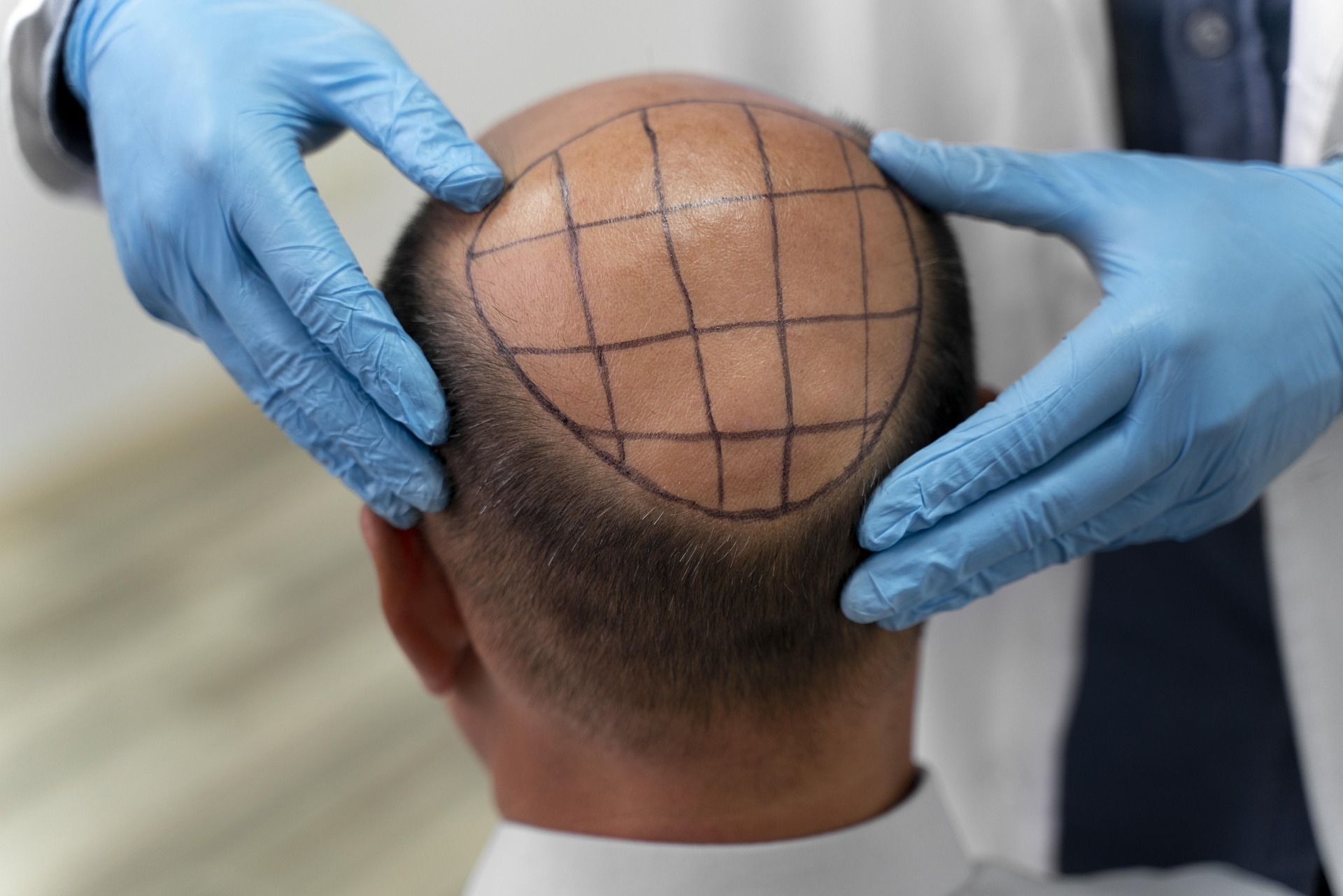Modern Hair Transplants: Your Complete Restoration Plan
Learn how contemporary hair transplant methods like FUE and FUT can restore a natural hairline and lasting density. This in-depth guide explains candidacy, surgical steps, recovery timelines, risks, and cost factors so you can compare options, choose a skilled surgeon, and plan realistic expectations for hair restoration.

Modern Hair Transplants: Your Complete Restoration Plan
How modern hair transplant procedures work
A hair transplant starts with a detailed consultation where a surgeon evaluates the pattern and stability of hair loss, inspects the donor area, and reviews medical history and current medications. Most treatments are performed under local anesthesia to keep you comfortable while minimizing the risks associated with general anesthesia.
Two main techniques are used for extracting hair follicles: follicular unit transplantation (FUT) and follicular unit extraction (FUE). FUT removes a narrow strip of scalp from a dense donor zone; that strip is then microscopically dissected into individual follicular units for implantation. FUE harvests individual follicular grafts directly from the donor area with small punches. In both approaches, tiny recipient incisions are created and grafts are placed at specific angles and depths to recreate natural hair direction and density.
Surgeons aim to match hair groupings and orientation so the result blends seamlessly with existing hair. The choice between FUT and FUE depends on factors such as donor availability, scarring consideration, the number of grafts needed, and individual priorities.
Recovery timeline and what to expect
Healing follows predictable phases. Initial wound healing, scab formation, and crusting generally resolve within one to two weeks. During this early period patients may notice mild swelling, tenderness, or some scabbing in both donor and recipient sites.
Transplanted hairs commonly undergo a temporary shedding phase—often called shock loss—within two to three weeks after surgery. This is normal and precedes regrowth. New hair shafts typically start to appear around three to four months post-op. Visible improvements build gradually over the following months, with the most noticeable density gains at about six to nine months. Final maturation and the full cosmetic outcome are commonly reached between 12 and 18 months, though individual hair cycles and graft characteristics influence the exact timing.
Who makes a suitable candidate?
The best candidates are adults with a stable pattern of hair loss and sufficient donor hair to support the planned transplant. Surgeons also consider age, overall health, scalp laxity, and whether expectations are realistic. Active scalp infections or inflammatory conditions usually need treatment before surgery.
It’s important to understand that transplants restore the areas treated at the time of the operation. If natural hair loss continues in untreated zones, additional procedures or ongoing medical therapy may be necessary to preserve a balanced, natural appearance.
Medical considerations and potential complications
When performed by experienced teams, hair transplantation is generally safe, but risks exist. Possible complications include infection, bleeding, prolonged redness, scarring (including a linear scar with FUT), numbness, cysts, and uneven or suboptimal hair growth.
Thorough patient screening, precise surgical technique, and strict adherence to pre- and post-operative instructions reduce complication rates. Disclose any history of keloid formation, bleeding disorders, autoimmune disease, or medications such as blood thinners during your consultation so the surgeon can tailor the plan.
Cost factors and how to compare clinics
Costs vary significantly depending on technique, required graft count, surgeon experience, clinic location, and use of adjunct technologies (robotic assistance, platelet-rich plasma, or body-hair harvesting). When comparing providers, review before-and-after galleries, patient testimonials, surgeon credentials, and whether pricing is transparent and itemized.
| Procedure Type | Average Cost Range | Typical Graft Count |
|---|---|---|
| FUE Transplant | $4,000 - $15,000 | 1,500 - 3,000 grafts |
| FUT Transplant | $4,000 - $10,000 | 1,500 - 3,000 grafts |
| Advanced FUE | $10,000 - $20,000+ | 3,000+ grafts |
Prices, rates, or cost estimates mentioned above are based on current information and may change over time. Independent research is advised before making financial decisions.
Selecting a surgeon and preparing for surgery
Choose a board-certified or otherwise credentialed surgeon with a substantial history of hair restoration cases. A reputable clinic should provide a clear surgical plan, comprehensive before-and-after photos, and honest discussions about expected outcomes and limitations. Ask who will perform graft extraction and placement, what infection-control protocols are in place, and what follow-up care is included.
Typical pre-op advice includes stopping blood-thinning medications where safe, avoiding tobacco, arranging transportation home, and planning adequate time off work. Closely following preoperative instructions helps protect graft survival and reduces complication risk.
Aftercare and long-term maintenance
Aftercare usually includes instructions for gentle wound cleaning, avoiding strenuous activity for a brief period, and specific hair-washing techniques. Some surgeons prescribe antibiotics, anti-inflammatories, or topical agents to support healing. Regular follow-up visits let the surgical team monitor progress and address any concerns.
Long-term management often combines medical therapy—topical minoxidil or oral finasteride when appropriate—with periodic assessments to decide if additional transplant sessions are needed to maintain or enhance density as natural hair loss evolves.
Final considerations
Hair transplantation can provide natural-looking, long-lasting restoration when performed by qualified teams and combined with careful candidate selection and appropriate aftercare. Outcomes hinge on realistic expectations, surgical expertise, and follow-up management. If you are thinking about a transplant, schedule a consultation with a trusted specialist to discuss personalized options and an evidence-based treatment plan.
This article is for informational purposes only and should not be considered medical advice. Please consult a qualified healthcare professional for personalized guidance and treatment.






